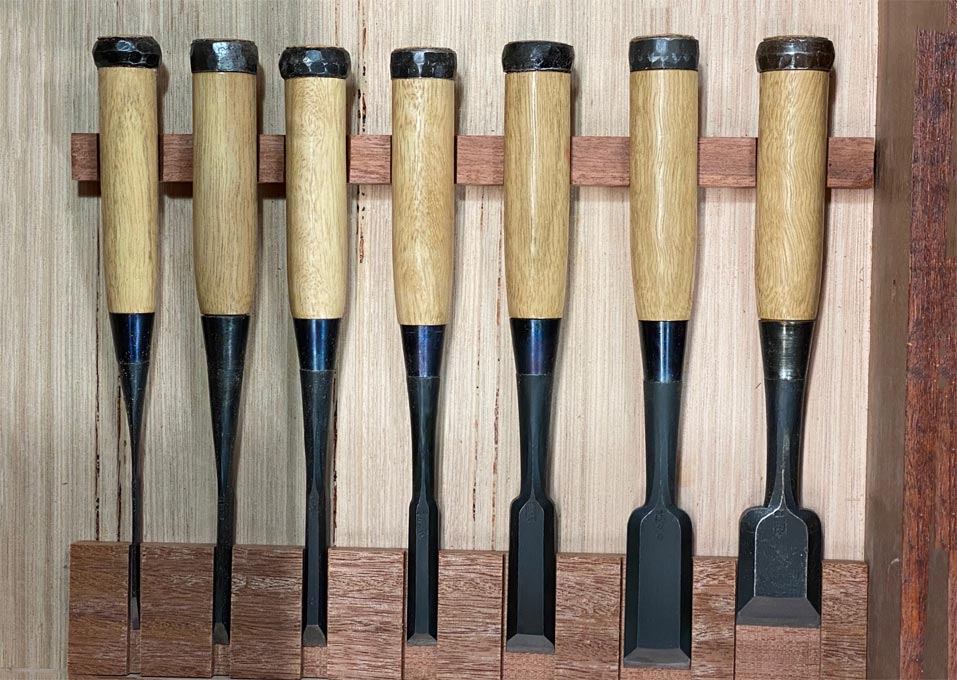
Originally Posted by
Tony Wilkins

Japanese tools are different than all the other tools out there. Not only the construction but the philosophy.
What is this philosophy of which you speak? Chisels are just tools. I use both western chisels and Japanese chisels and I never even felt a hint of philosophy.
Mike
[And BTW, there were laminated western chisels years ago, when good steel was very expensive.]
Last edited by Mike Henderson; 01-16-2023 at 6:08 PM.
Go into the world and do well. But more importantly, go into the world and do good.




 Reply With Quote
Reply With Quote






